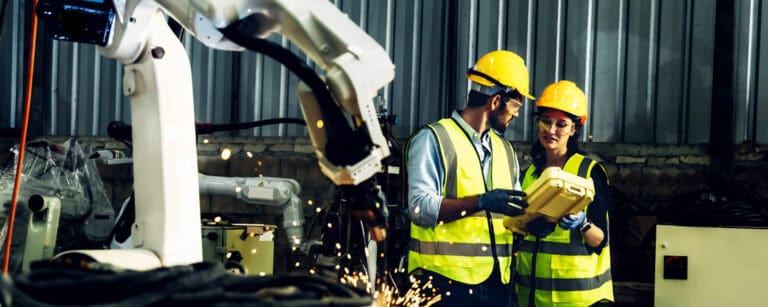Smart cameras are evolving from security tools to business applications. New research shows that 49 percent of manufacturing companies see process optimization as a top priority. Computer vision offers solutions for quality control, predictive monitoring, and operational efficiency through AI-driven image analysis.
Network video took shape decades ago as a security solution. Today, organizations are moving toward broader applications within business processes. Computer vision systems automatically analyze images and provide insights for process improvement.
Tip: Axis launches D4200-VE alarm speaker that combines sound, light, and communication
Three operational domains
A new IDC study, conducted with Axis Communications, highlights where computer vision is making a difference today. Three areas stand out for their direct impact on business results. Process monitoring ranks first. Systems detect disruptions and inefficiencies in a timely manner before they escalate. Quality control follows as the second domain, with automatic error detection occurring in real-time. The third area concerns process optimization for higher productivity and quality.
The specific applications vary by sector. In the automotive industry, the focus is on quality control during production. Logistics benefits from more efficient truck loading to reduce transport costs. Retail uses the technology to identify empty store shelves and prevent shortages.
Market pressure stimulates adoption
Geopolitical tensions and uncertain markets are putting efficiency high on the agenda. The survey reveals that 49 percent of manufacturing companies in EMEA consider process optimization as their top priority. In addition, 34 percent see great potential in predictive monitoring and diagnostics.
Of the companies surveyed, 48 percent consider AI essential for better quality assurance. These figures illustrate the shift from defensive security to proactive business optimization.
Technical requirements
Successful computer vision implementation requires three technical pillars. Edge computing is central to real-time analysis directly in the camera. Axis uses its own ARTPEC chip for local processing.
Image quality is the foundation for reliable and accurate data analysis. Without sharp, consistent images, even advanced algorithms will fail. Cybersecurity completes the foundation through the Secure by Design principle, built in from product development.
